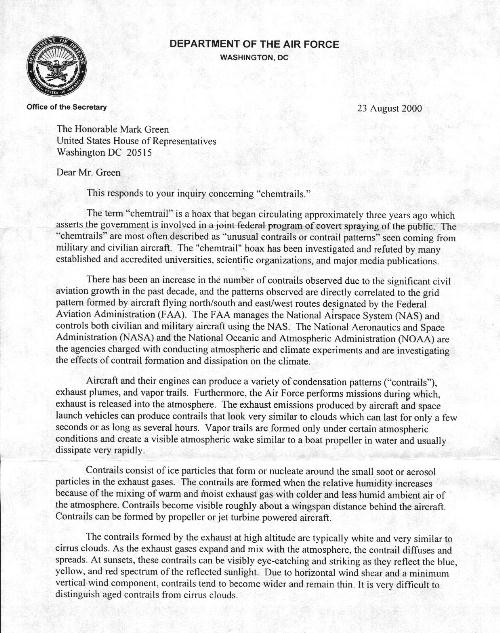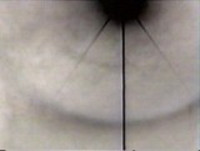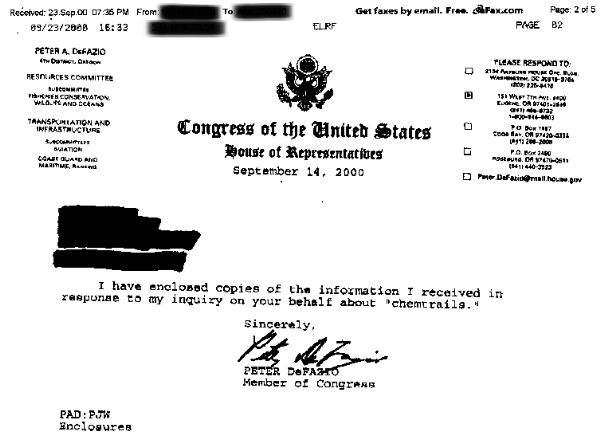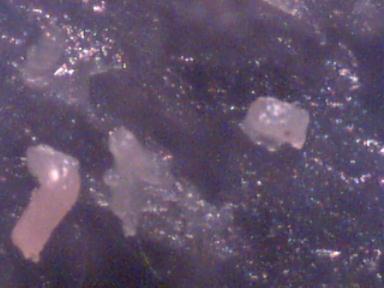
CONTRAIL PHYSICS
This paper discusses a preliminary model developed in order to estimate the length of time required for ‘normal’ contrails to dissipate. The model developed agrees extremely well with historical behavior and observation of contrails. Conclusions that result from the study of this model include the expected rate of water vapor based contrails, and that the rates of dissipation for normal contrails are based on the size of ice crystal particulates and amount of solar radiation. A further conclusion drawn is that if an observed contrail does not conform to the model, it is likely that the material of emission is not water vapor.










